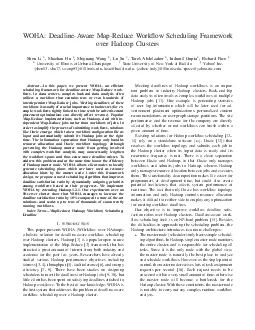PPT-PACS 4500 Senior Seminar in Peace and Conflict Studies
Author : coveurit | Published Date : 2020-08-03
Death from Above Drone Strikes by the United States in the Global War on Terrorism By John Wilson Overview of Principle Parties Interest Groups 2 Civilians Effected
Presentation Embed Code
Download Presentation
Download Presentation The PPT/PDF document "PACS 4500 Senior Seminar in Peace and Co..." is the property of its rightful owner. Permission is granted to download and print the materials on this website for personal, non-commercial use only, and to display it on your personal computer provided you do not modify the materials and that you retain all copyright notices contained in the materials. By downloading content from our website, you accept the terms of this agreement.
PACS 4500 Senior Seminar in Peace and Conflict Studies: Transcript
Download Rules Of Document
"PACS 4500 Senior Seminar in Peace and Conflict Studies"The content belongs to its owner. You may download and print it for personal use, without modification, and keep all copyright notices. By downloading, you agree to these terms.
Related Documents














